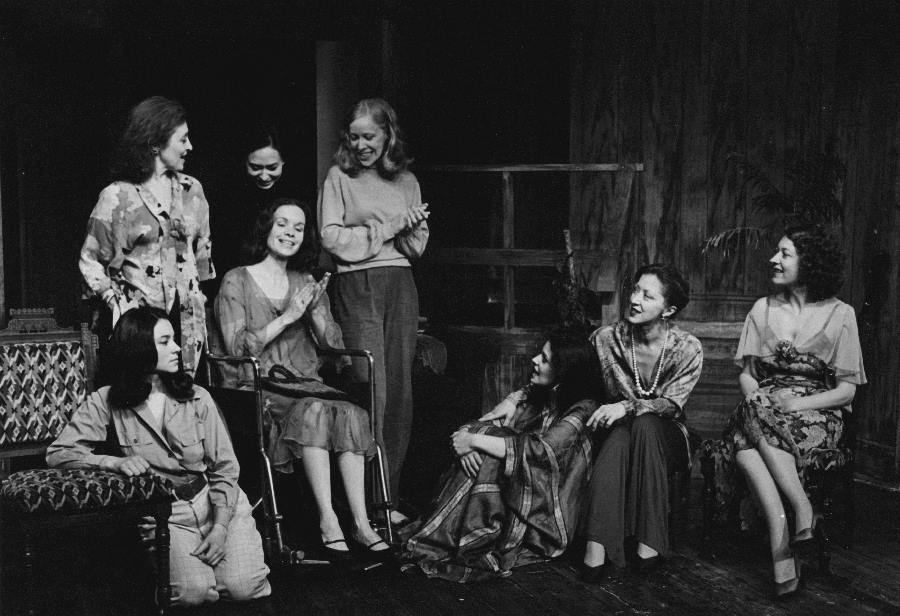May 1857 (165 years ago)
Edwin Booth, the middle son of English actor Junium Brutus Booth and older brother of John Wilkes Booth, had made appearances on New York stages previously, but May 4, 1857 marked a turning point in his career. That night he performed the title character in Shakespeare’s Richard III at Burton’s Chambers Street Theatre in New York, a part his father had been known for playing. Edwin’s style of acting was much more restrained than his father’s. He became known for a certain “quietude” that brought brooding intensity to Shakespearean roles like Brutus and Prince Hamlet. Edwin’s considerable success and fame stoked a bitter rivalry between him and his younger brother, John Wilkes, a much less accomplished actor. Politics played into the rivalry as well: Edwin was a Unionist, while John Wilkes was a rabid supporter of secession. In an odd twist of fate, Edwin is credited with saving the life of Lincoln’s son, Robert Todd Lincoln, on a train platform in New Jersey during the Civil War, while John Wilkes is now best known for another theatrical appearance: shooting Abraham Lincoln dead at Ford’s Theatre on April 14, 1865. His younger brother’s treasonous act would later overshadow Edwin’s considerable fame.
May 1937 (85 years ago)
The Federal Dance Project was a short-lived offshoot of the Federal Theatre Project, born out of Helen Tamiris’s activism and insistence that modern dancers not be excluded from the WPA’s program offering federal subsidies to theatre work. Tamiris served as the principal choreographer for the Federal Dance Project, and in May of 1937 opened her most famous piece, How Long Brethren. The piece employed 20 white female dancers dramatizing Lawrence Gellert’s Negro Songs of Protest, sung by a choir of Black men and women. The intention of the work was to protest working conditions for Black sharecroppers and industrial workers in the South. The work was well-reviewed, but at least two Black papers, the Baltimore Afro American and the Pittsburgh Courier, were critical of the production’s casting of white dancers to embody the lived experience of Black people, accompanied by music sung by a Black choir. Two weeks into the run of the popular show, dancers staged a sit-in, protesting rumored cuts to the WPA program. A contemporary report read, “They sat down, audience and dancers, and musicians and singers; spent the night in the theatre,” in a notable expression of cross-racial solidarity among performers.
May 1977 (45 years ago)
Cuban American director and playwright María Irene Fornés premiered Fefu and Her Friends at the Relativity Media Lab in NYC on May 5. Within six months of opening, the play won an Obie Award and was remounted at American Place Theatre. The experimental play featured alternative staging in its second part, with four scenes happening simultaneously in four different spaces. Audience members were divided into four groups to rotate around each of the spaces to watch the four scenes. Immersive or promenade theatre is more common now (especially in response to the pandemic restrictions), but this was unusual for its time. The setting of the play is spring 1935 in New England, and it follows eight women characters as they explore issues of gender, sexuality, and class difference. Fornés said of her play, “Yes, it is a feminist play. The play is about women. It’s a play that deals with each one of these women with enormous tenderness and affection.”
May 1982 (40 years ago)
In 1896, the Independent Order of Odd Fellows built Odd Fellows Hall on Forest Avenue in Portland, Maine. And 40 years ago this month, the Portland Stage Company moved into the building with the red brick facade that still serves as their venue today. It houses a 287-seat mainstage theatre, a studio black-box theatre, and the 40-seat storefront theatre for kids. The professional nonprofit theatre was founded in 1974 as a professional touring company called the Profile Theatre, but later adopted Portland as their permanent home, changing their name in 1978. Barbara Rosoff, the artistic director in the ’80s, led the move to the current venue. Anita Stewart is the current executive and artistic director overseeing the mission and vision of the company.
May 2002 (20 years ago)
Fashion designer, director, and talk show host Isaac Mizrahi won a Drama Desk Award for his costume design of The Women on Broadway. The play, featuring an all-female cast, was the second Broadway revival of a comedy of manners written by Clare Booth Luce in 1936. Mizrahi’s designs were said to “have as much personality as the smart, gossipy women who wear them.” Cynthia Nixon, Jennifer Tilly, Rue McClanahan, Kristen Johnston, Jennifer Coolidge, and Amy Ryan, among others, shared the stage in this Roundabout Theatre Company production. Nixon said of the period costumes, “Initially, they were hard to deal with—skirts that wrinkle the minute you sit in them, hats that have to be pinned to your head, bright red lipstick that gets on everything. You have to become very dainty.” Mizrahi had previously designed costumes for choreographers and dance companies including Mark Morris, Twyla Tharp, Bill T. Jones, and Mikhail Baryshnikov.


